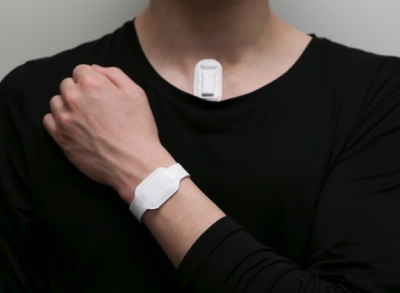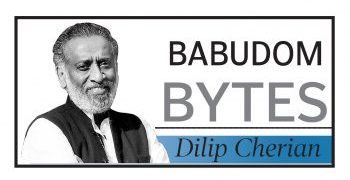New York: A team of US researchers has developed the first smart wearable device to continuously track how much people use their voices, alerting them to overuse before vocal fatigue and potential injury set in.
Using Bluetooth, data is streamed to an app, where machine-learning algorithms distinguish singing from speaking, independent of ambient sounds.
According to Northwestern University researchers, the battery-powered, wireless device and accompanying algorithms could be a game-changer for professional singers, teachers, politicians, call-center workers, coaches and anyone who relies on their voices to communicate effectively and make a living.
It also could help clinicians remotely and continuously monitor patients with voice disorders throughout their treatment.
“The device precisely measures the amplitude and frequency for speaking and singing,” said John A. Rogers, a bioelectronics pioneer who led the device’s development.
“Those two parameters are most important in determining the overall load that’s occurring on the vocal folds. Being aware of those parameters, both at a given instant and cumulatively over time is essential for managing healthy patterns of vocalization,” Rogers said in a paper published in the journal Proceedings of the National Academy of Sciences.
The postage-stamp-sized device comfortably adheres to the upper chest to sense the subtle vibrations associated with talking and singing.
From there, the captured data is instantaneously streamed via Bluetooth to the user’s smartphone or tablet, so they can monitor their vocal activities in real-time throughout the day and measure cumulative total vocal usage.
Custom machine-learning algorithms distinguish the difference between speaking and singing, enabling singers to separately track each activity.
With the app, users can set their personalised vocal thresholds. When they are near that threshold, their smartphone, smartwatch or an accompanying device located on the wrist provides real-time haptic feedback as an alert.
Then, they can rest their voices before pushing it too far.
“Some people, especially singers with less training or people, like teachers, politicians and sports coaches, who must speak a lot for their jobs, often don’t realise how much they are pushing it. We want to give them greater awareness to help prevent injury,” said Theresa Brancaccio, a voice expert who co-led the study.
The algorithm can separate singing from speaking with more than 95 per cent accuracy. When used in a choir setting, the device captures only data from the wearer and not noise from nearby singers, said the study.
IANS







































